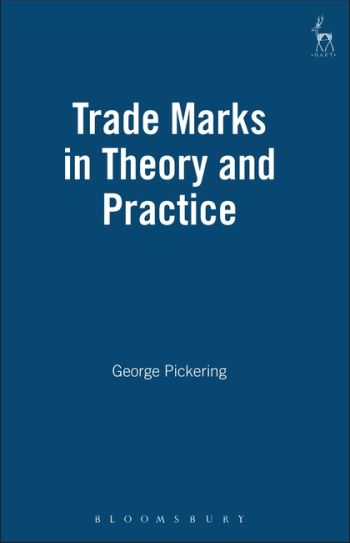
This book is concerned with the nature and function of modern trademarks, a subject which has been surprisingly ignored by contemporary writers. There is a large and quite technical body of rules which regulate when people may use particular symbols in a particular way. These are the symbols which permeate everyday life, and which, from time to time, become cultural icons. There is also a large body of writing on the economic functions of trademarks. The aim of this book is to offer a systematic examination of the function of trademarks and the purpose of the law protecting trademarks within the context of the economic function of this branch of the law.
One of the main premises on which the work proceeds is that the modern trademark is a creature of the post-industrial consumer society that has been protected for fear of the anticipated consequences of not providing protection. This forms the backdrop to a careful examination of the law of trademarks and related areas, such as merchandising, brand advertising, trade dress protection and comparative advertising, and informs the author's legal analysis and conclusions.